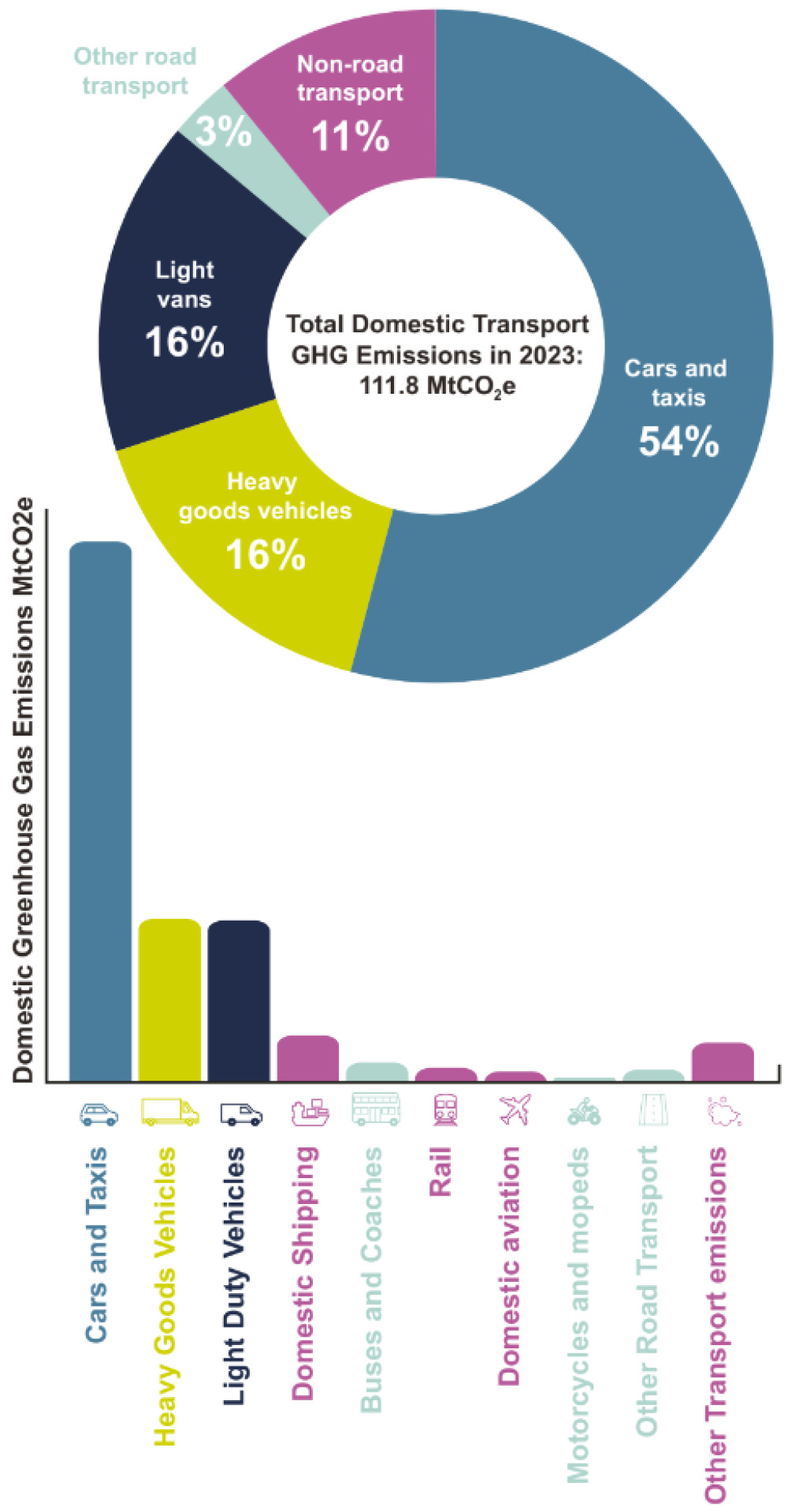1. Safety, air quality and noise
- Between 2019–2023, 14 people were killed and 103 seriously injured in traffic collisions in B&NES.
- 92% of nitrogen dioxide emissions in the area come from road traffic.
- Noise levels on Bath's A roads often exceed acceptable thresholds (75 decibels).
- These factors compromise the quality of public spaces and green settings.
2. High levels of greenhouse gas emissions
- Transport accounts for 36% of greenhouse gas emissions in B&NES.
- Without action, emissions will continue to rise, contributing to climate change and poor air quality.
- The Movement Strategy supports a shift to electric vehicles, better public transport, and active travel.
3. Barriers to walking, wheeling and cycling
- Bath's hilly terrain and narrow pavements make active travel difficult in some areas.
- Poor infrastructure, pavement parking, and traffic volumes reduce safety and comfort.
- Greener routes and better design can improve health, wellbeing, and accessibility.
“We need to make sure that conditions are safe, convenient and attractive to encourage more people to walk, wheel and cycle for short journeys.”
4. Lack of high-quality alternatives to car travel
- Rail connections are limited, especially north–south.
- Bus services are often infrequent or delayed due to congestion.
- Park & Ride sites are underused, and coach parking is limited.
5. Congestion and delays
- Bath is ranked 5th most congested city in the UK (INRIX 2024).
- 79% of trips to/from Bath are made by private car.
- Congestion currently costs the West of England £300 million annually. This is expected to increase to £800 million by 2036.
6. Reliability and punctuality of bus services
- Only 62% of residents are satisfied with bus reliability (national average: 86%).
- Some areas have just 1 bus every 24 minutes during peak hours.
- Improving bus priority and infrastructure is essential to make public transport viable.

To read more about the issues that affect the transport network in Bath, check out our full Movement Strategy for Bath.